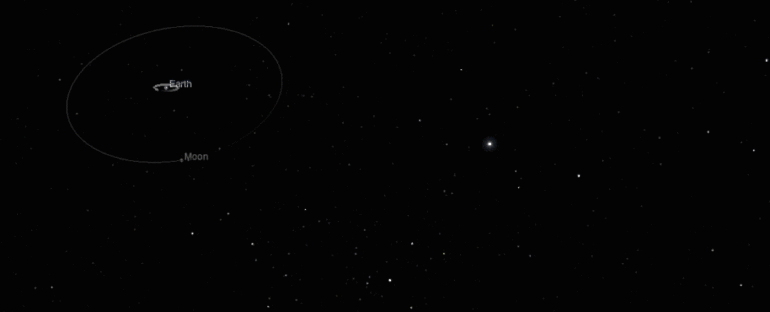Earth’s second moon will make a close approach to the planet next week before drifting off into space, never to be seen again.
“What second moon,” you ask? Astronomers call it 2020 SO – a small object that dropped into Earth’s orbit about halfway between our planet and the moon in September 2020.
Temporary satellites like these are known as minimoons, though calling it a moon is a bit deceptive in this case; in December 2020, NASA researchers learned that the object isn’t a space rock at all, but rather the remains of a 1960s rocket booster involved in the American Surveyor moon missions.
This non-moon minimoon made its closest approach to Earth on Dec. 1 (the day before NASA identified it as the long-lost booster), but it’s coming back for one more victory lap, according to EarthSky.org.
Minimoon 2020 SO will make a final close approach to Earth on Tuesday (Feb. 2) at roughly 140,000 miles (220,000 kilometers) from Earth, or 58 percent of the way between Earth and the moon.
The booster will drift away after that, leaving Earth’s orbit entirely by March 2021, according to EarthSky. After that, the former minimoon will be just another object orbiting the sun. The Virtual Telescope Project in Rome will host an online farewell to the object on the night of Feb. 1.
NASA learned that the object has made several close approaches to Earth over the decades, even coming relatively near in 1966 – the year that the agency launched its Surveyor 2 lunar probe on the back of a Centaur rocket booster.
That gave scientists their first big clue that 2020 SO was man-made; they confirmed it after comparing the object’s chemical makeup with that of another rocket booster, which has been in orbit since 1971.
Godspeed, minimoon 2020 SO. We built you. We abandoned you. And now, you abandon us.
Related content:
The 12 strangest objects in the universe
9 ideas about black holes that will blow your mind
9 strange excuses for why we haven’t met aliens yet
This article was originally published by Live Science. Read the original article here.



